🐾 Puppy Training 101: How to Train and Educate Your Puppy at Home
🐾 Introduction
An obedient puppy isn’t born — it’s patiently trained.
Puppy obedience training is about communication, consistency, and trust, not dominance or punishment.
In this guide, you’ll learn how to teach your puppy the essential obedience commands, improve focus, and encourage good behavior every day — all through positive reinforcement.

🎯 Why Puppy Obedience Training Matters
Teaching your puppy to listen is key to a happy life together.
It ensures safety, respect, and calm behavior in different situations.
✅ Benefits of obedience training:
- Prevents unwanted habits (biting, jumping, barking)
- Builds confidence and discipline
- Strengthens your bond
- Prepares for advanced training (agility, recall, etc.)
The earlier you start — ideally between 8–16 weeks — the faster your puppy learns.
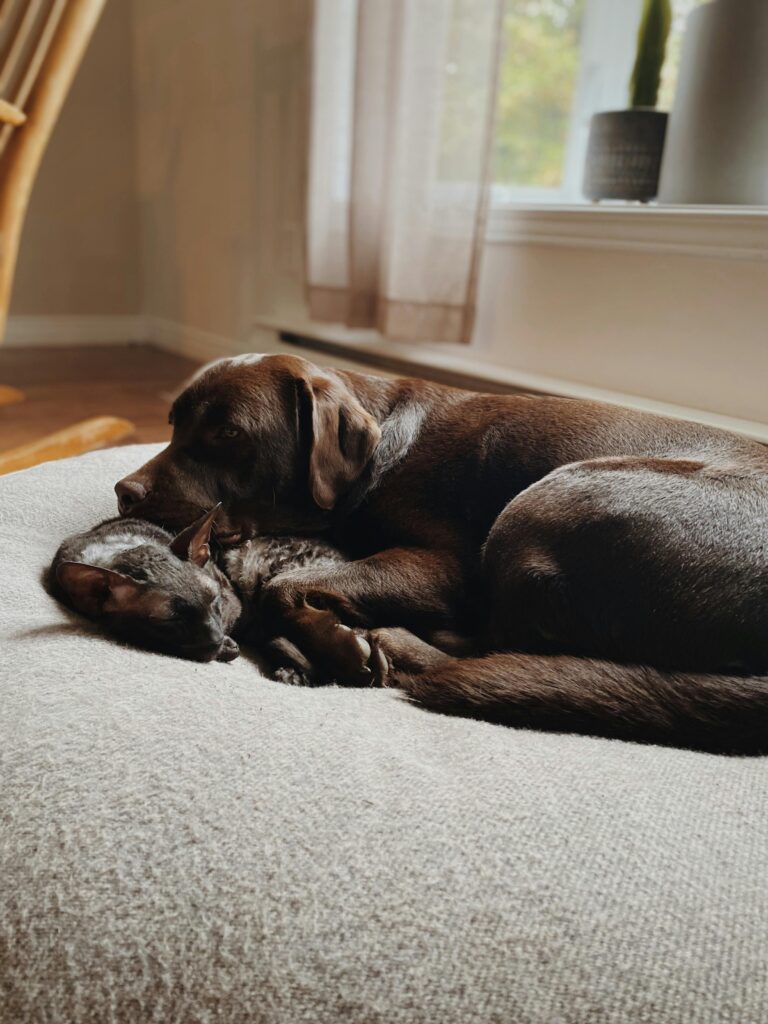
🦴 Step-by-Step Puppy Obedience Training
🥇 Step 1: Start with Simple Commands
Begin with easy words your puppy can associate with action and reward.
Use a cheerful tone and short sessions (5–10 minutes).
Basic commands to teach first:
- 🐾 Sit – say “sit” and gently lift the treat above your puppy’s head.
- 🙌 Stay – open your palm and take one step back, then reward if they hold position.
- 👋 Come – call your puppy’s name and reward instantly when they respond.
- ✋ Down – move a treat to the floor to guide them into position.
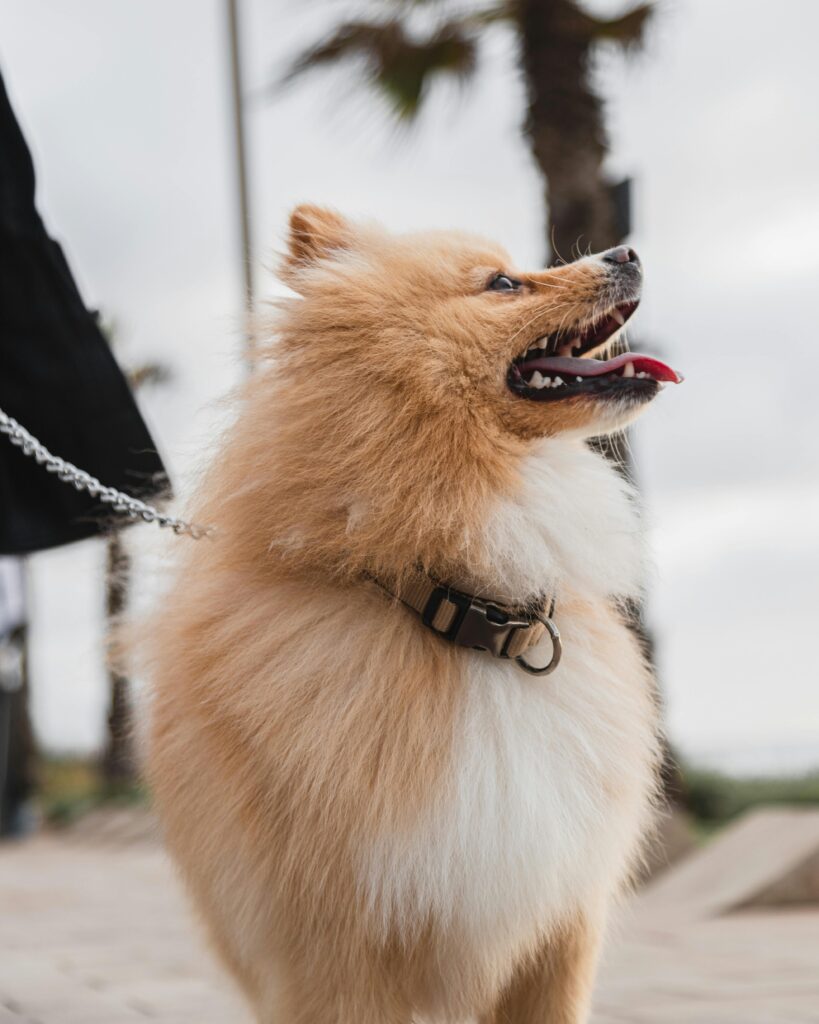
🥈 Step 2: Use Positive Reinforcement
Always reward what you want to see again.
Use:
- Small soft treats
- A clicker (for timing precision)
- Warm praise (“Good boy!”, “Good girl!”)
Avoid harsh tones or punishment — it breaks trust and confuses your puppy.
💡 Tip: Keep treats near you at all times for spontaneous reinforcement during walks or play.
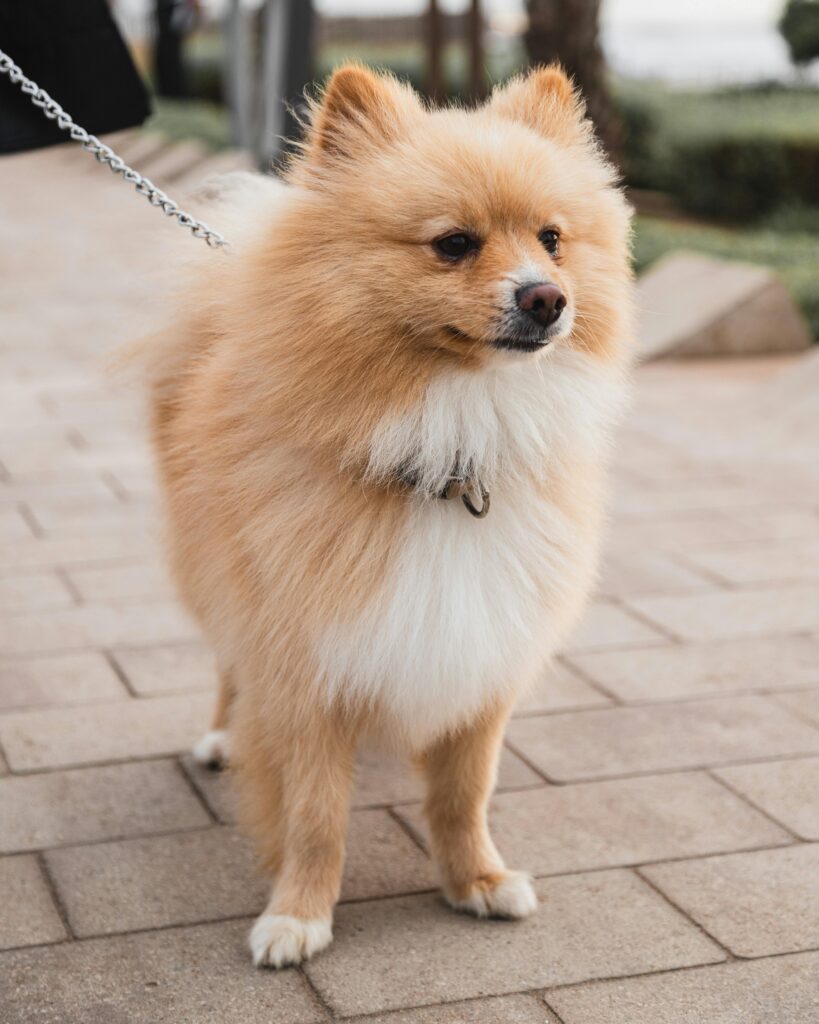
🥉 Step 3: Set Clear Rules at Home
Your puppy learns faster when everyone in the family is consistent.
Define the rules from day one:
- Is the couch allowed?
- Where should meals happen?
- What behaviors are rewarded?
Consistency prevents mixed signals and bad habits.

🏆 Step 4: Manage Distractions
Puppies get distracted easily!
Start training in a quiet environment, then slowly increase difficulty.
🏠 Phase 1: Indoors, low noise
🌳 Phase 2: Backyard or balcony
🏞️ Phase 3: Public park, around other dogs
Use your “focus” command (like “look at me”) before each task.

🐕 Step 5: Practice Recall Training
Recall — teaching your puppy to come when called — is a lifesaving skill.
- Start with a leash in a calm area.
- Say your puppy’s name followed by “Come!”
- Reward with excitement every single time they return.
- Gradually increase the distance.
💬 Make recall the most fun command they know — it should always lead to something positive.
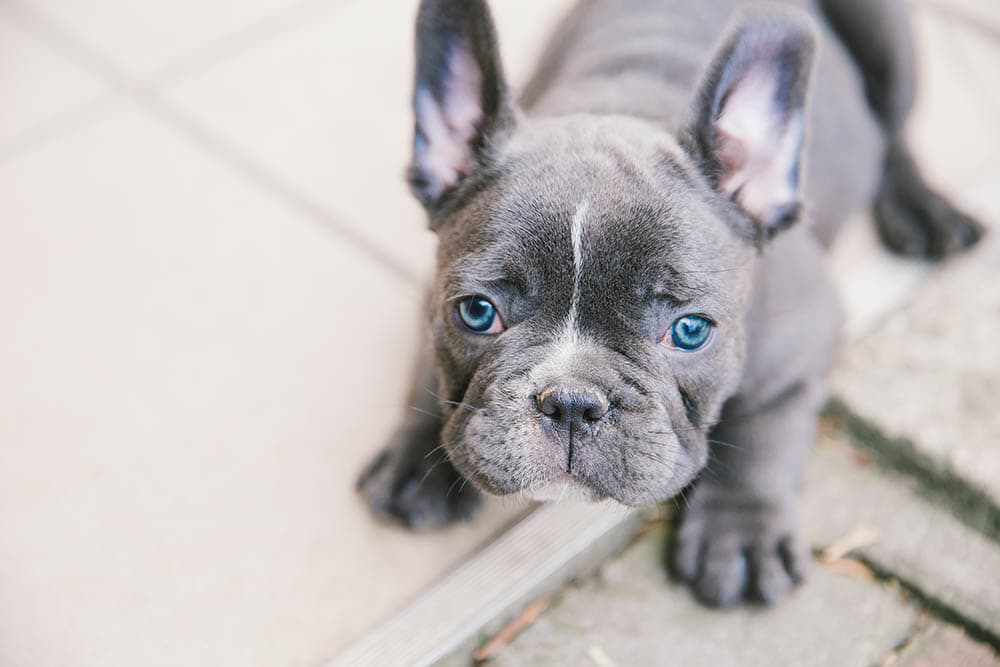
🧠 Advanced Obedience Tips
Once your puppy masters the basics, progress to advanced obedience training:
- Practice “stay” for longer durations.
- Add hand signals for each command.
- Introduce leash walking etiquette (“heel”).
- Use clicker training to sharpen focus.
🎯 Goal: calm responses, good manners, and confidence in any environment.
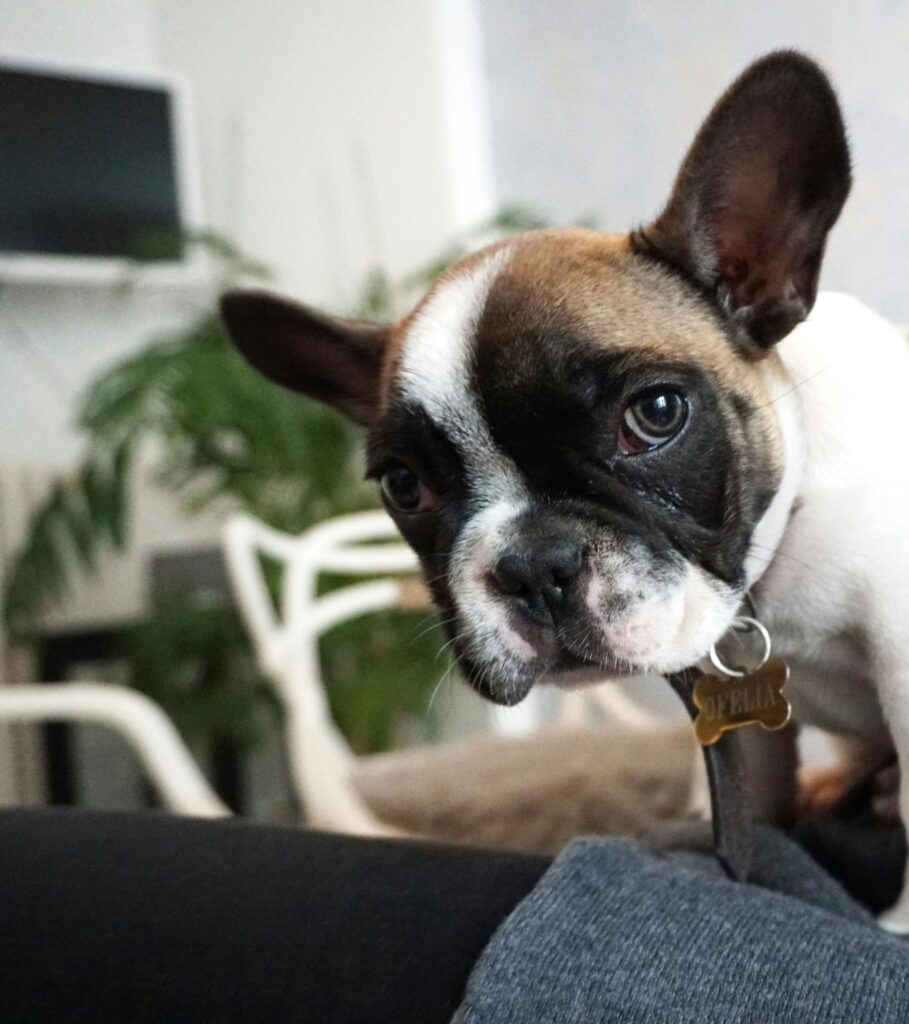
🚫 Common Puppy Training Mistakes
- ❌ Training too long (puppy attention span = 10 minutes max)
- ❌ Repeating commands too often (“sit, sit, sit!”)
- ❌ Forgetting to reward good behavior
- ❌ Inconsistent household rules
- ❌ Not practicing daily
💡 Keep it short, clear, and fun — repetition builds memory faster than pressure.

🐾 Conclusion
Puppy obedience training is not just about control — it’s about communication and trust.
With patience, consistency, and positive reinforcement, your puppy will grow into a well-mannered, confident companion.
Train a little every day, celebrate small wins, and always end sessions with love ❤️
💬 Puppy Obedience Training FAQ
When should I start obedience training?
As early as 8 weeks old with short, playful lessons.
What’s the easiest command to teach?
“Sit” — it’s natural and builds a foundation for “stay” and “down.”
How long should sessions last?
5–10 minutes, 2–3 times daily. Always end on a positive note.
How do I train a stubborn puppy?
Use high-value treats, stay calm, and change your training location to reduce distractions.
Should I hire a trainer?
If you’re struggling, a certified dog trainer can guide you and customize a plan

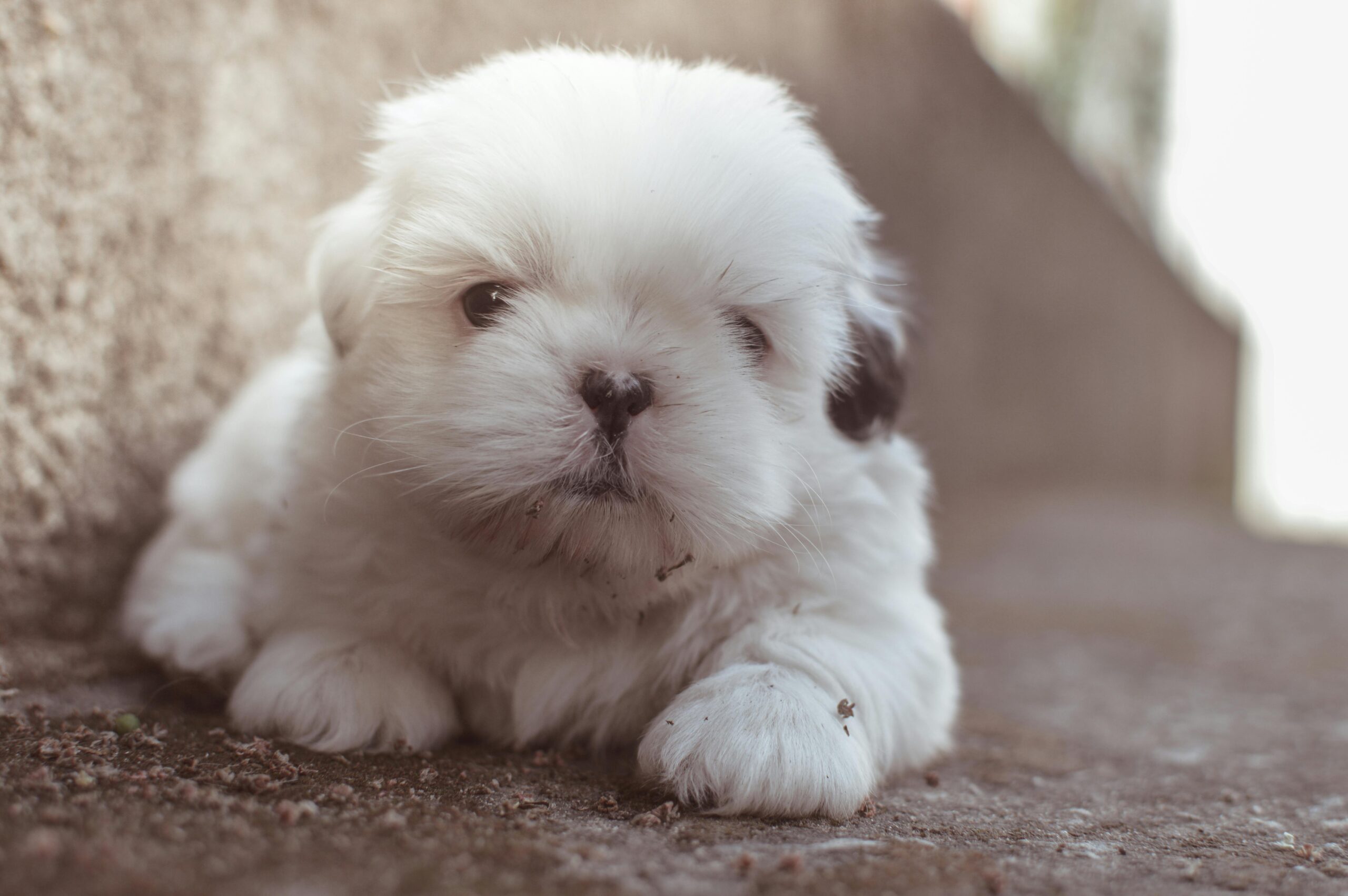
Leave a Reply